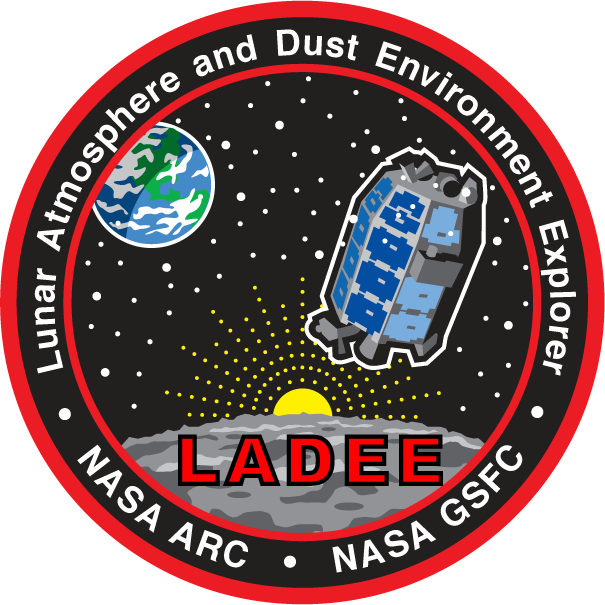
PDS Certified
The line strengths were derived from UVS noontime activities. To improve the signal-to-noise (SNR) a moving average (in time) across eight spectra was applied within each UVS observation activity, and the analysis was performed on this average spectrum. The metadata is an average across the observations and the reported time is the midpoint of the time spanned by the observations. Because the Sodium D1 and D2 lines at 589.16 and 589.76 were not resolved, a convolution of the two lines with the instrument response function was used. The potassium D1 and D2 lines were resolved and, because the D2 has the better SNR it was used. See 2.4.3.4 in SIS for derivation of line strengths
The derived data spans the time interval from 2013-09-14 to 2014-04-18. Each table is in human readable form and contains 11 columns and 233544 records. Each record contains the unique UVS mission activity number, the day of the year and seconds since the start of the day in UTC, the lowest and highest sequence number within the activity used to calculate the line strength (This allows a link to the spectra used in the average).
Geometric parameters include the solar longitude of the field-of-view grazing point, the altitude of the line of sight as it crosses the grazing point, the altitude of the spacecraft above the lunar surface, the latitude and longitude of the field-of-view grazing point, the latitude and longitude of the spacecraft.
Line strengths are given as spectral radiance (microwatt centimeter^-2 nanometer^-1 steradian^-1) followed by the average total instrument counts at the continuum point.
Requesting Data
Sodium and Potassium line strengths gzip tar file
 PDS: The Planetary Atmospheres Node
PDS: The Planetary Atmospheres Node

